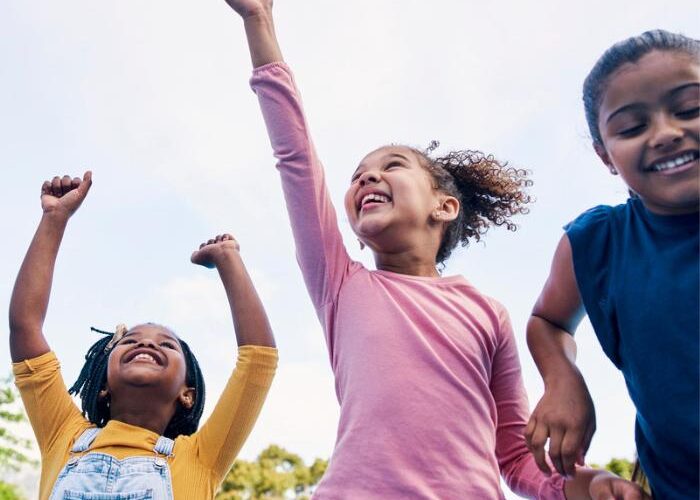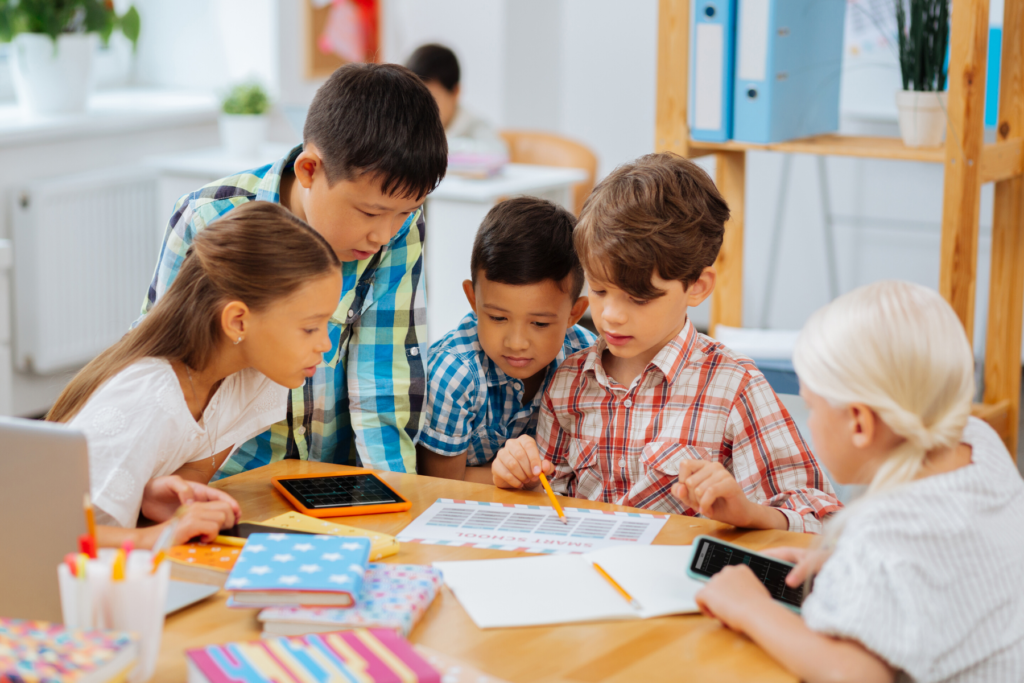Blog
Digital Resources: Celebrating Cultural Diversity
- May 7, 2024
- Posted by: The Teachers Academy
- Category: All Blog Postings Classroom Activities Educator Resources / News Online Courses

Jump to Course: Celebrating Cultural Diversity
Cultural Diversity in Education
The political and cultural climate in the country has become one of tension and unrest. When people with very different perspectives no longer want to compromise, what do we do? Our nation was built on the principal that we the people must find ways to work together as Americans. When all seems hopeless, teachers can bridge the gap with some patience, kindness and effective strategies that teach our young learners how to listen, understand, compromise and work together for the benefit of the country. There are lots of ways to celebrate our differences and find common ground in calm, respectful ways.

Posted here are all of the digital resources used to create The Teacher’s Academy course: Celebrating Cultural Diversity. Please take the time to browse through to see which resources might be helpful for your unique classroom needs
Education System vs Cultural Competence
A Tale of Two Teachers by Melissa Crum
Cultural Diversity: The Sum of Our Parts | Hilda Mwangi | TEDxUCSD
Black Violin, Breaking Your Musical Stereotypes
Sarah Thomas, The first female referee for the NFL
Salman Ahmad, A Courageous Rock & Roller
70 People Reveal Their Country’s Most Popular Stereotypes and Clichés
Boyan Slat, A young scientists has plans to clean up our oceans
Eesha Khare, A teenage female scientist
Micro learning, An article about biases in the classroom
The Teacher’s Academy Wakelet Account
Here is a quick clip from our course: Celebrating Cultural Diversity:
How is Culture Defined?
Culture has a relatively broad connotation. This definition comes from Thought Co:
“Culture is a term that refers to a large and diverse set of mostly intangible aspects of social life. According to sociologists, culture consists of the values, beliefs, systems of language, communication, and practices that people share in common and that can be used to define them as a collective. Culture also includes the material objects that are common to that group or society.” (Nicki Lisa Cole, 2019)
Imagine your own culture. Think about your ancestry, customs, beliefs, traditions, and values. Think about the similarities within your own family and/or community. Tangible things like art, clothing, or a food are a part of your culture. How important is your culture to you? As a society, it is no longer enough to simply accept or tolerate diverse cultures. We must begin to understand, acknowledge, and respect the value and contributions of multiple cultures. Cultures that deny human rights based on gender, race, age or condone abuse, oppression and ritual or mercy killing of people, cannot be considered “culture.” International laws have been enacted to stop these violations but many people still suffer under corrupt leadership that uses terms like “tradition” and “culture” as an excuse to continue the violence and abuse. Each nation has the responsibility to take a stand against such cruelty by not recognizing the people associated with this type of violence against humanity (Reid, 2020).
How is Cultural Diversity/Multiculturalism Defined?
Today, our country recognizes the value of a multi-cultural nation of people:
“Multiculturalism is a system of beliefs and behaviors that recognizes and respects the presence of all diverse groups in an organization or society, acknowledges and values their socio-cultural differences, and encourages and enables their continued contribution within an inclusive cultural context which empowers all within the organization or society.” (Rosado, 2019)
In the classroom, it is important to recognize, respect and celebrate different cultures however unfamiliar they may seem. Do not be afraid to acknowledge cultural differences (and similarities) in the classroom. Teachers cannot possibly understand the inner workings of every culture. Not knowing, gives our students the opportunity to teach us. Asking questions, making connections, learning new things about each other is how we (teachers) will continue to build strong relationships with our diverse students. The key to creating this type of open, safe relationship is to generate trust.
How can I earn professional development from home?
The Teacher’s Academy has been offering online professional courses for teachers since 2012 – way before COVID! Our courses are created by teachers for teachers and are filled with “projects” that can be customized so teachers can use them in their own classrooms right away. Projects like organizational charts, lesson plans, activities, curriculum development and planning are all part of the course work teachers complete for professional development. Our goal is to increase student achievement while helping our teachers maintain their licenses and have some fun! We hope all of our teachers enjoy our courses and we encourage them to provide feedback so we can create courses they want to take! Teachers are our business. Check out our Course Catalog for more professional development course options. Find your state to learn more about your states’ educational license requirements.
Thank you for making a difference!
Enjoy !

